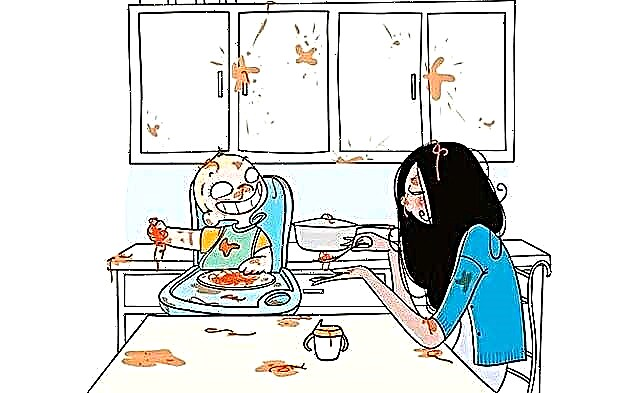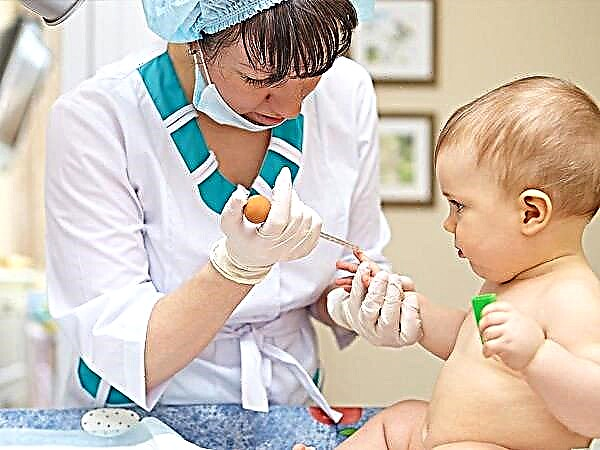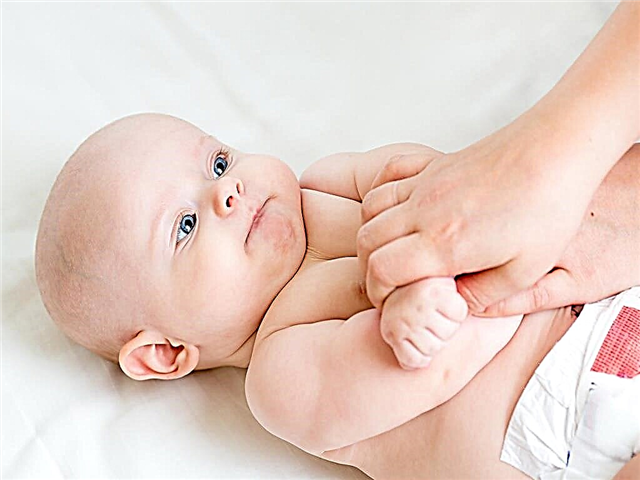
The number of children diagnosed with pancreatic problems by a doctor has recently increased markedly. We will tell you about what reactive changes are, why they develop and how to treat them in this article.
What it is?
Reactive changes in the pancreas, despite the formidable name, do not occur by themselves and are not considered a separate ailment. They are the response of this organ to some other ailments of the gastrointestinal tract, as well as to the adverse effects that the child's body undergoes.
By itself, the pancreas is the second largest in the abdomen after the liver, ensures the implementation of two important processes - it produces insulin necessary for the absorption of sugar and produces pancreatic fluid, without which the digestive process cannot be normal.


This fluid flows through the ducts into the duodenum. The condition of these ducts is of great importance for the functioning of the pancreas. Since all organs of the gastrointestinal tract are communicated through a network of ducts, any ailment of one of them immediately affects the work of the pancreas, causing reactive changes.
The number of children in whom doctors find such changes is growing. Scientists believe that this is a certain part of the influence of the deteriorating environment, the abundance of preservatives and dyes, even in baby food.


Causes of occurrence
The enzymes produced by the pancreas become active only when combined with the intestinal fluid. However, with diseases of the digestive system, it is possible to inject fluid from the duodenum.
Contact with it activates enzymes ahead of time, before they enter the intestines. An active process of digestion begins in the wrong place, and the pancreas essentially begins to digest itself. This is called in medicine reactive pancreatitis, and this change is considered the most common


A wide variety of diseases can provoke reactive changes, such as gastritis, hepatitis, gallbladder problems, gastroduodenitis. The reasons for the development of reactive changes in the pancreas can be nutritional disorders - the baby does not eat well enough or, conversely, overeats, he is allowed to abuse fast food, chips, crackers and dubious sweets with a lot of dyes and flavors.


The pancreas may enlarge, pathological processes may begin in it in response to some infectious diseases such as measles or scarlet fever, toxin poisoning, medication, especially for long-term use of antibiotics. Sometimes autoimmune pathological processes in the body act as the "starting" mechanism that triggers reactive changes.
In childhood and adolescence, a psychogenic factor is not excluded - the pancreas can undergo functional disorders, as they say, on a nervous basis, after experiencing severe stress.


The danger
Reactive changes in the pancreas only reflect the fact of the presence of another disease, but by themselves they are capable of delivering unpleasant sensations. Children may develop a fairly pronounced pain syndrome, digestion disturbances, and an increase in blood sugar levels.
The pancreas, subject to such destructive processes, increases in size, and may swell. The child may develop vomiting, diarrhea, indigestion, and nagging pains in the upper abdomen. However, in the overwhelming majority of cases, reactive changes occur without symptoms at all and become a "find" on ultrasound of the gastrointestinal tract.


Symptoms
The following symptoms may indicate problems with the pancreas:
Pain in the upper abdomen, in the region of the stomach, which subside somewhat if the child takes a sitting position with a slight tilt of the trunk forward.
Vomit with undigested food. Such vomiting does not bring relief.
An increase in body temperature is possible.


Frequent diarrhea. The feces have a watery consistency, an unpleasant, pungent odor. If reactive changes have been present for a long time, then the child's stool is chronically unstable - diarrhea is replaced by constipation and vice versa.
Dry mouth, when examining the oral cavity, a milky coating is found on the tongue.


Change in appetite. The child begins to eat little and irregularly, refuses even those dishes that he previously liked.
Regular belching, increased gas production, flatulence, bloating.
Increased fatigue, decreased overall tone of the body.


Diagnostics
Signs of secondary diffuse changes can be detected on an ultrasound examination of the abdominal organs. The norm of the size of the organ by ultrasound can be estimated only by special medical tables, which are compiled taking into account the age, sex and weight of the child. In a newborn and a baby, the average size of the gland according to ultrasound is 4-5 centimeters. By the age of 10, the size of the pancreas increases to 15 centimeters.

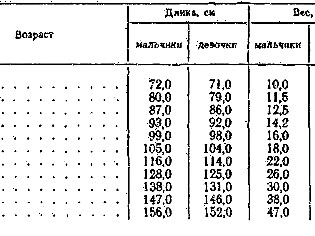
Anomalies of the parenchyma are expressed not only in exceeding the upper limit of the age norm in size, but also in the outlines, contours of the organ. If the diagnostician indicates in the conclusion that the child has diffuse changes, this means that the reactive state is evenly distributed throughout the organ. Separate foci of pathology are not observed.
However, ultrasound does not give an accurate picture of what is happening. Therefore, if in doubt, the doctor prescribes clarifying tests:
a clinical blood test for biochemistry allows you to establish signs of possible inflammation;
urine analysis shows if there are digestive enzymes unusual for this environment in the excretory fluid sample;
endoscopic examination of the duodenum makes it possible to judge the uniformity and structure of the mucous membrane in the area of the duodenum junction.


Treatment
Moderate reactive changes usually do not require separate special therapy. Usually, everything returns to normal after the treatment of the main ailment of the gastrointestinal tract is completed, which entailed disruption of the pancreas.
Severe diffuse changes in the parenchyma of the gland are treated in stationary conditions under the constant supervision of a physician. Therapy includes antispasmodics ("No-shpu", "Papaverine") to reduce pain, enzyme preparations ("Pancreatin" and others), as well as vitamins and minerals. The child may also be prescribed antihistamines to relieve symptoms of an allergy that, if present, worsens the child's condition.

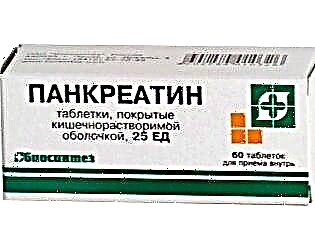
A prerequisite for recovery is a strict diet. With severe pain and vomiting, the child is given 1-2 days of therapeutic fasting, and then food is introduced gradually. The diet excludes fried and fatty foods and meals, carbonated drinks, cocoa and chocolate, smoked meats and canned food, pickled foods. Vegetable soups, cereals, jelly, compotes with a low sugar content, fresh vegetables and fruits are useful.
On the days of medical fasting, the child is allowed only warm non-carbonated mineral waters with a high salt content - Borzhomi, Essentuki, etc.


Prevention
Avoiding problems with the pancreas is quite simple, which is not the case with the treatment of reactive changes. Parents should keep track of how much and what their child eats. Meals should be regular, sufficient, balanced. Do not overfeed your baby.
If you experience any symptoms of indigestion, abdominal pain, it is advisable to show the child to the doctor, in order to exclude diseases of the gastrointestinal tract or detect them and treat them in time before the pancreas has time to react to them with reactive changes in the parenchyma.


All about the problems of the pancreas in a child and not only see the next issue of the program of Dr. Komarovsky.

